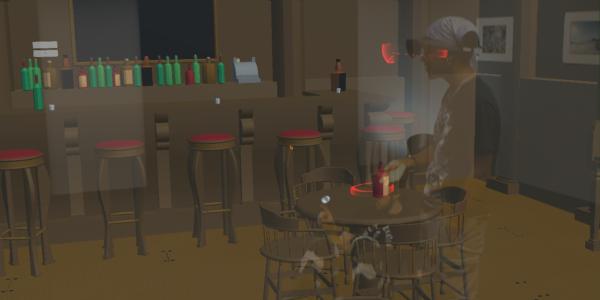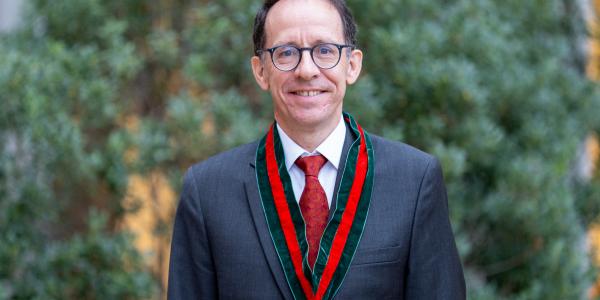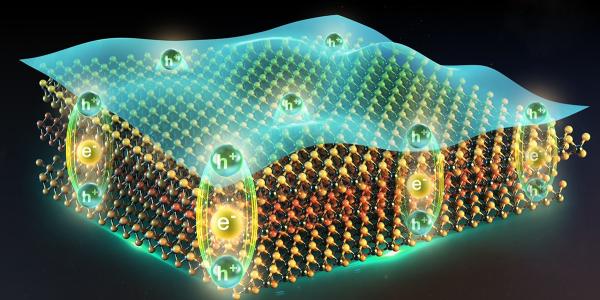A saloon in the American Old West became a virtual environment for Iva Youkilis’ students to discuss, debate, and practice vocabulary about games — all in Italian.
It all started with Pokémon Go.
Iva Youkilis, teaching professor in Italian in the Department of Romance Languages and Literatures, watched as her three young sons grew obsessed with the augmented reality game. As she drove them around to find and “capture” virtual pokémon on their phones, she began learning the names and attributes of different pokémon figures — whether she wanted to or not.
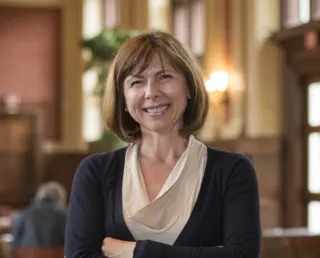
“Sitting in the car, I saw my children so engaged in this immersive, interactive environment,” Youkilis said. “I thought to myself: This is what situational learning really means.”
Later, when Youkilis read an Ampersand article about professors in the Fossett Laboratory for Virtual Planetary Exploration in the Department of Earth and Planetary Sciences using augmented reality (AR) in their classes, something clicked.
In Youkilis’ fall 2022 course “Advanced Italian in the Everyday World,” students explored the idea of games as a form of social interaction across art, fashion, literature, film, politics, and sports. An augmented reality environment could potentially engage her students in new ways. “I think that for educational purposes, tying content to relevant activities creates more meaningful learning experiences,” she said.
So, Youkilis reached out to Ethan Schaefer, a staff scientist in the Fossett Lab. Schaefer took a free 3D model and tailored it to the size of the AR space in the lab. A saloon in the American Old West captured in the moments immediately following a contentious game of cards became a setting for her students to discuss, debate, and practice vocabulary about games — all in Italian.
Augmented reality — what Youkilis’ class used — differs from virtual reality. While virtual reality replaces the user’s vision, augmented reality adds a layer with digital elements that enrich the user's perception of the real-world environment. Using Microsoft HoloLens headsets, the students could still see and interact with one another while observing the aftermath of the card game, complete with overturned chairs and far-flung playing cards.
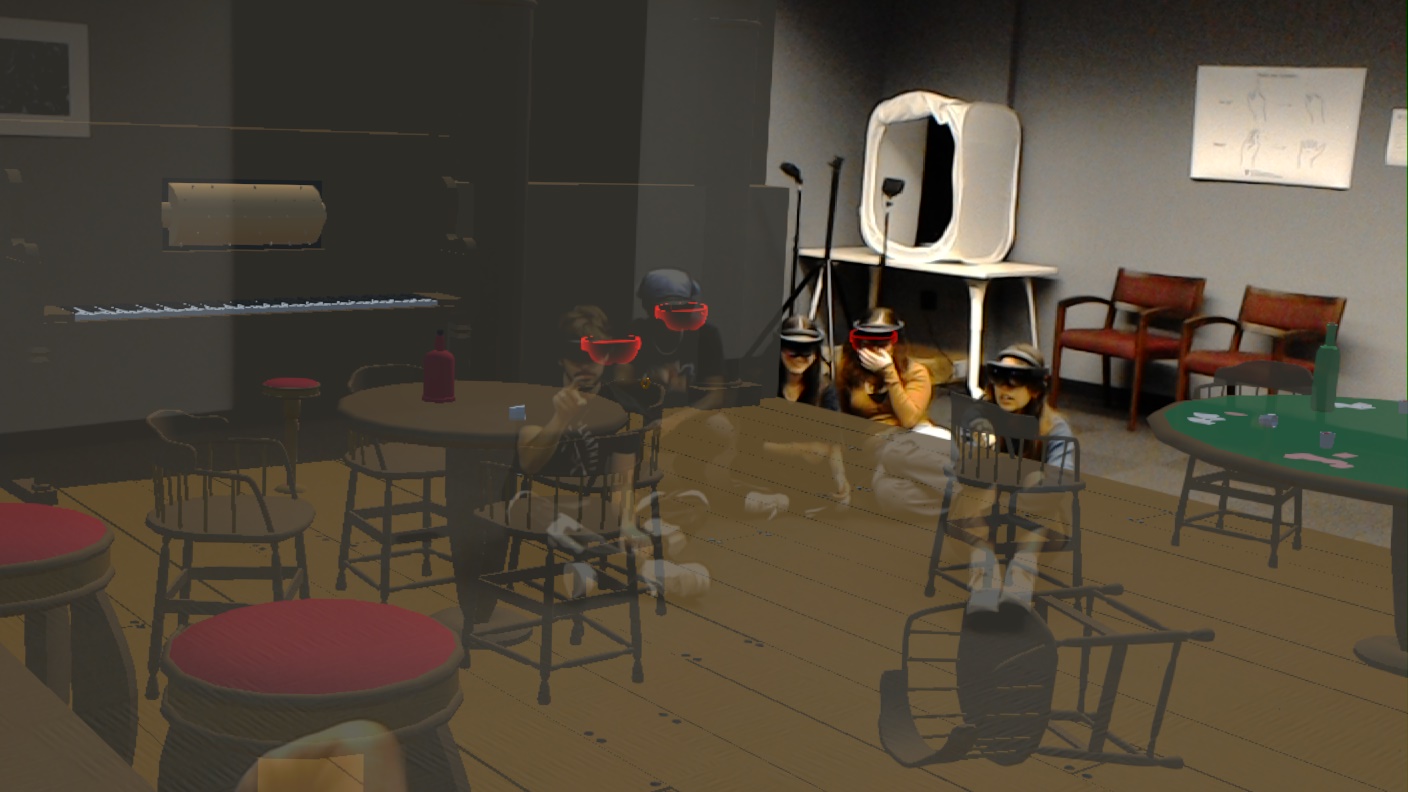
Kasey Noss, a junior majoring in English and minoring in Italian and political science, said she wasn’t sure what to expect when Youkilis told the class they would be meeting in a science lab, but she found it a great experience. The students wore headsets and explored the abandoned saloon scene, putting the Italian subjunctive mood to use by guessing what might have happened.
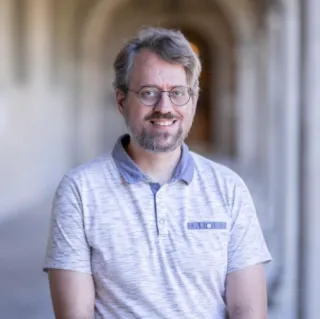
“Our visit to Fossett Lab gave us the opportunity to practice Italian in an engaging and unconventional setting, encouraging us to use new vocabulary and navigate topics different from what we typically use in the classroom,” Noss said.
Schaefer explained that the augmented reality lab is often used for instruction in the natural sciences, such as examining the structure of a virus or geological outcroppings on Earth and other planets. Humanities professors like Kristina Kleutghen, the David W. Mesker Associate Professor of Art History and Archaeology, often use it to show students artifacts or locations around the globe. In her classes on Chinese art and history, the technology lets Kleutghen place students in the virtual presence of a huge Buddha statue, allowing them to contemplate it at the same scale experienced by devotees who visit in person.
What Youkilis did was unique, Schaefer said. “Everyone else comes in with the goal to look at a very specific object or environment that they have been studying in class,” he said. “She wanted students to enter and experience an environment that would provoke conversation relevant to what they’d been discussing in class.”
This fits with Youkilis’ pedagogical philosophy for language instruction, which requires students get external input beyond textbooks and vocab. “They need to go into a new situation where they must negotiate and make meaning, to try to search for words and syntactical structures to be able to express themselves in the language and gain confidence,” she explained.
Youkilis is eager to find other ways to incorporate AR into her classes, and Schaefer and the Fossett Laboratory team are standing by to help her and other faculty members who are interested. The Department of Earth and Planetary Sciences has made substantial investments in the lab’s resources, Schaefer said, making it a unique resource for WashU students and faculty. There is a small fee associated with the use of the technology, but Schaefer said they try to keep it affordable so that as many disciplines as possible can take advantage of an enriched learning environment.
“I think sometimes we underestimate how important it is to make the educational environment exciting,” he said. “Not just instructive, but genuinely engaging.”

